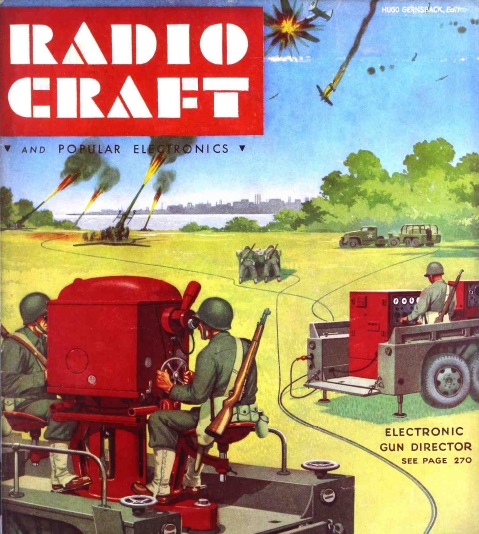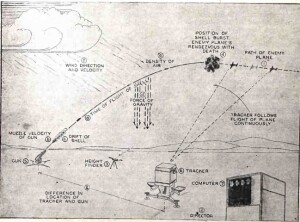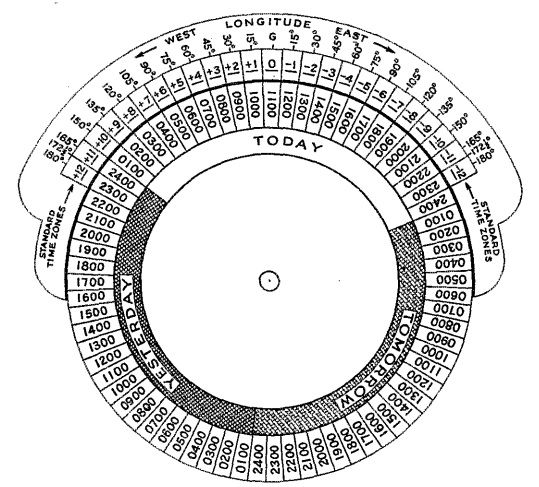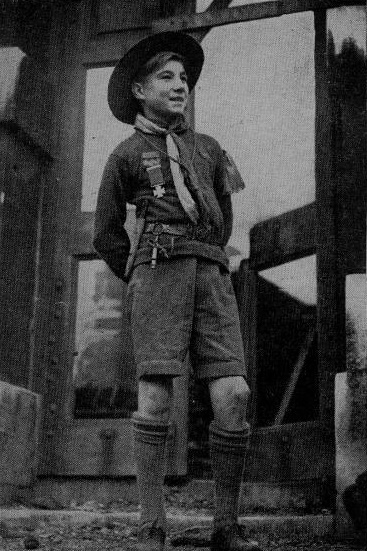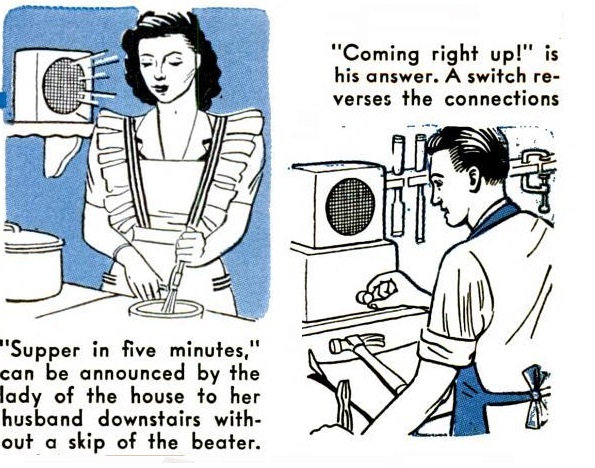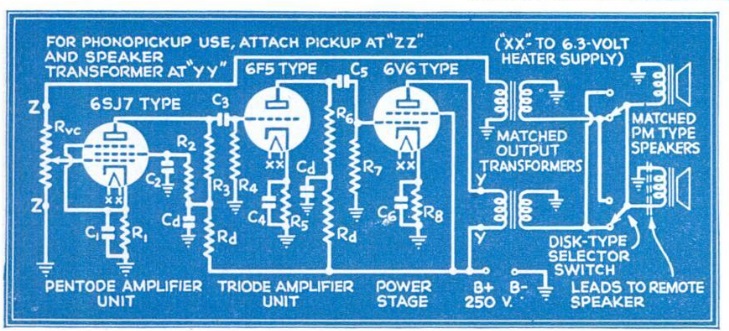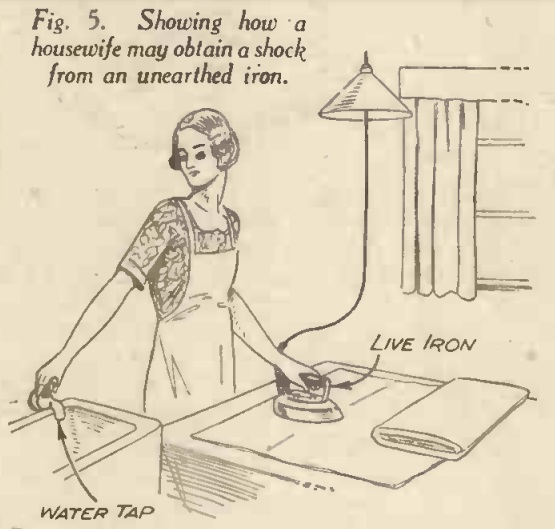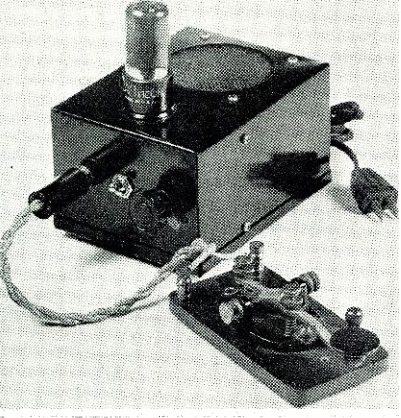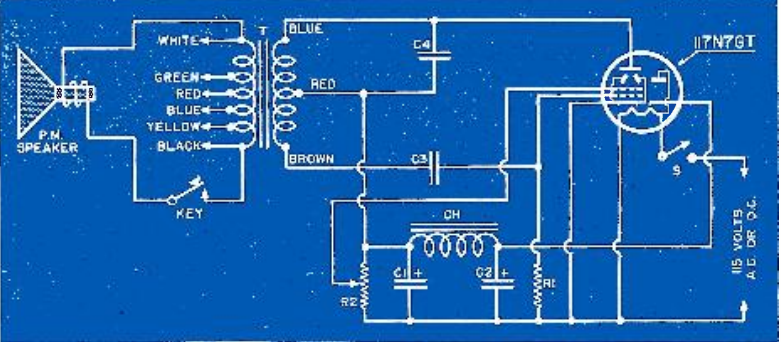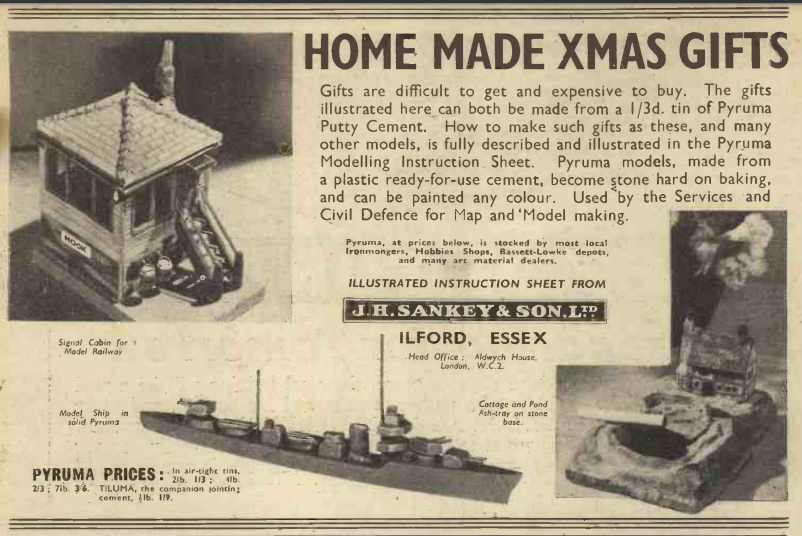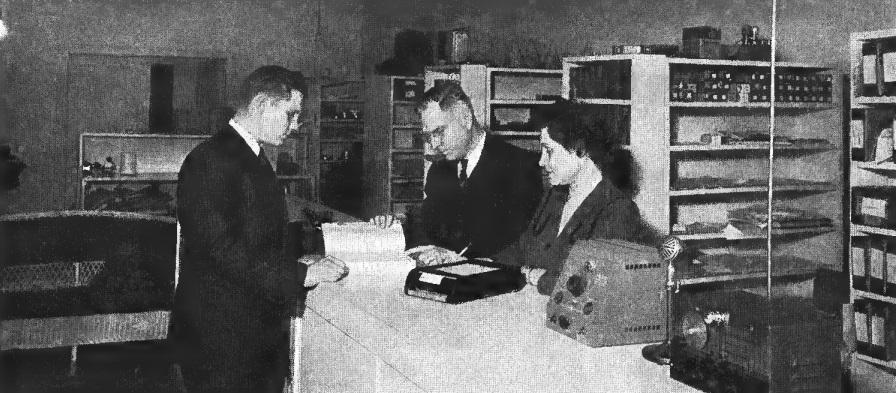 The duo behind the counter here are Dick Hall, W5EIB, and his wife Lillian Hall, W5EUG, owners of R.C. & L.F. Hall, 1015 Caroline St., Houston, Texas.
The duo behind the counter here are Dick Hall, W5EIB, and his wife Lillian Hall, W5EUG, owners of R.C. & L.F. Hall, 1015 Caroline St., Houston, Texas.
Their business began when they found a lack of interest by local dealers for hams, and Dick began stocking a few parts in his home. As the stock started to overtake their entire house, they moved to a downtown location. As they anticipated American entry into the war, their business focused on industrial and marine parts. When war came, they knew the whereabouts of most amateur transmitters and receivers in the area, and facilitated sales of that equipment to the military.
The Halls discovered that dealers and hams don’t really mix. The dealer, seeking marine and industrial parts, knew just what he wanted, whereas the hams wanted a place that talked their language. They anticipated a big future for their business after the war, as hams came on the air, and as FM and TV stations would create new markets.
The picture and accompanying article appeared in Radio Retailing, Feburary 1944. This eBay listing shows a 1946 ad for their business, which by then had locations in Beaumont, Dallas, and Galveston, in addition to the Houston store, which was then at 1306 Clay Avenue.
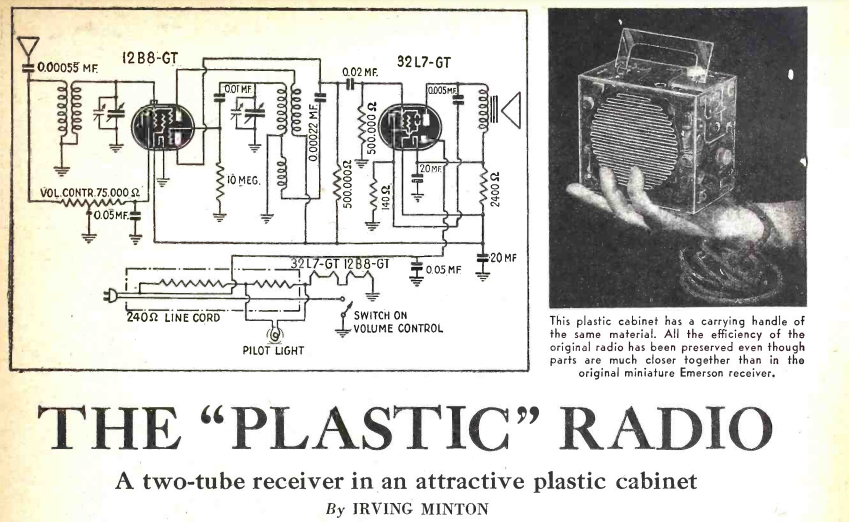 The plans for this handsome two-tube set appeared 80 years ago this month in the March 1944 issue of Radio Craft magazine. The author had a broken midget set with a cracked case, one bad tube, and some loose connections, but he was able to use the parts to make this portable TRF set.
The plans for this handsome two-tube set appeared 80 years ago this month in the March 1944 issue of Radio Craft magazine. The author had a broken midget set with a cracked case, one bad tube, and some loose connections, but he was able to use the parts to make this portable TRF set.

